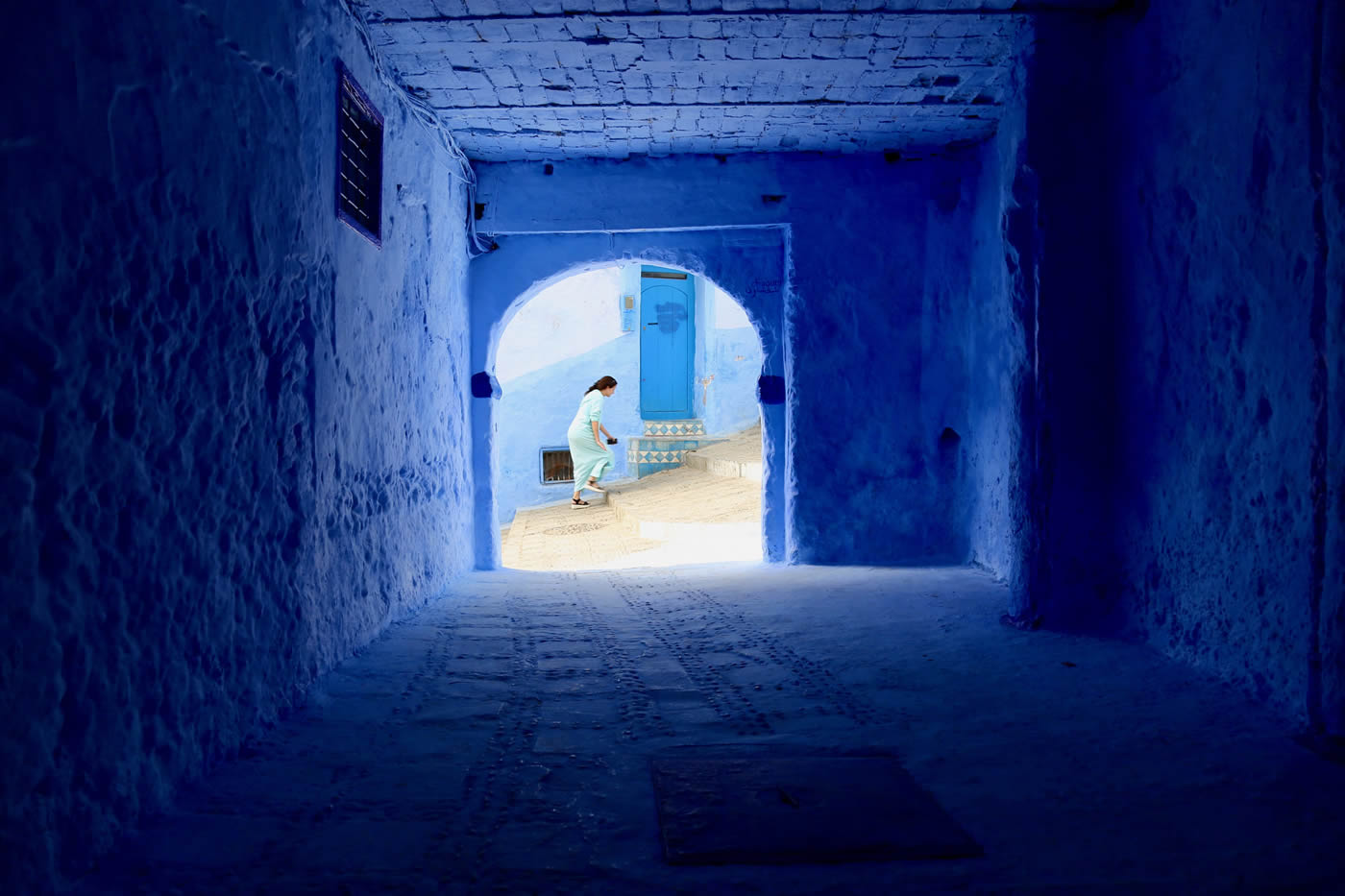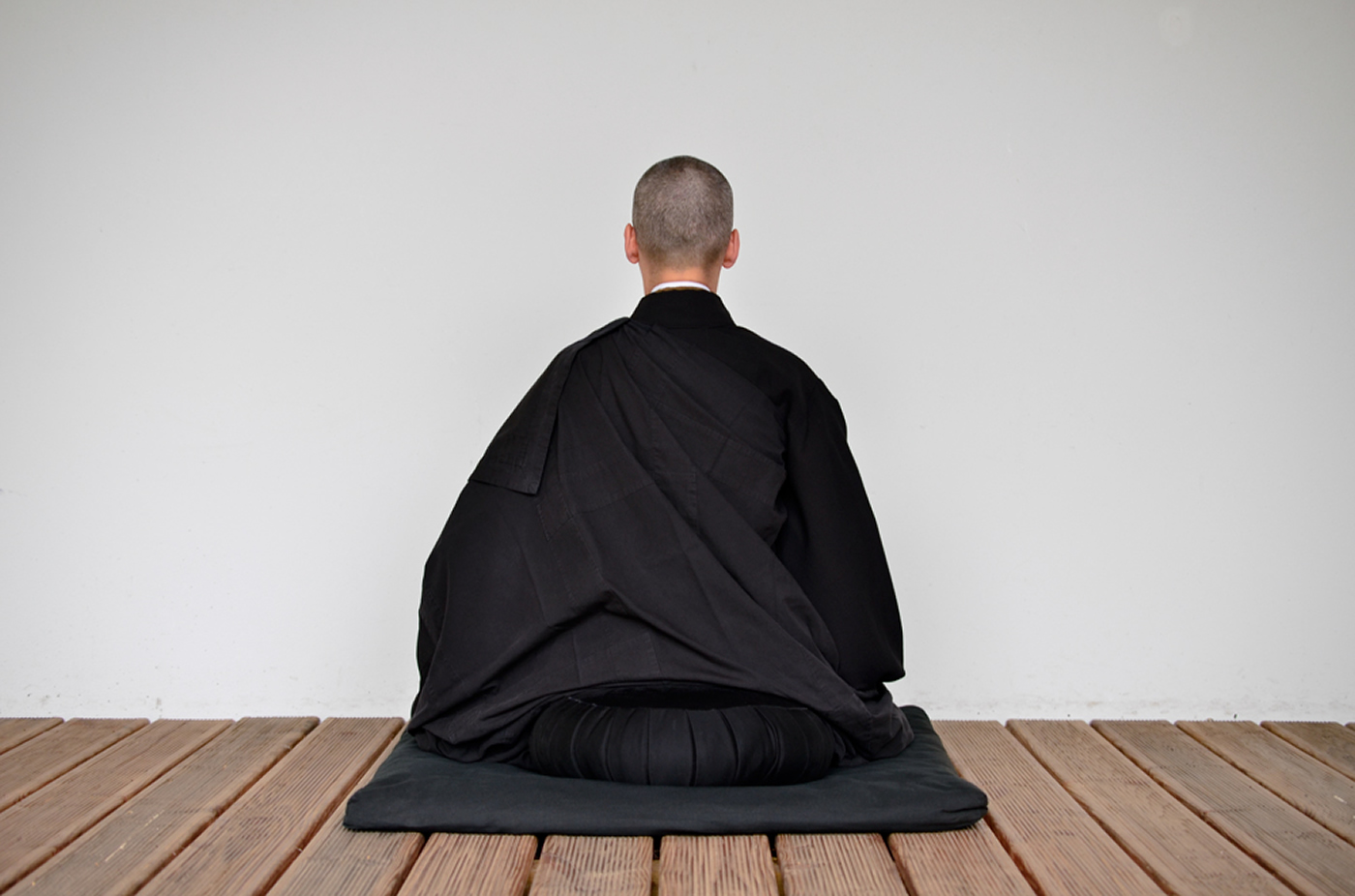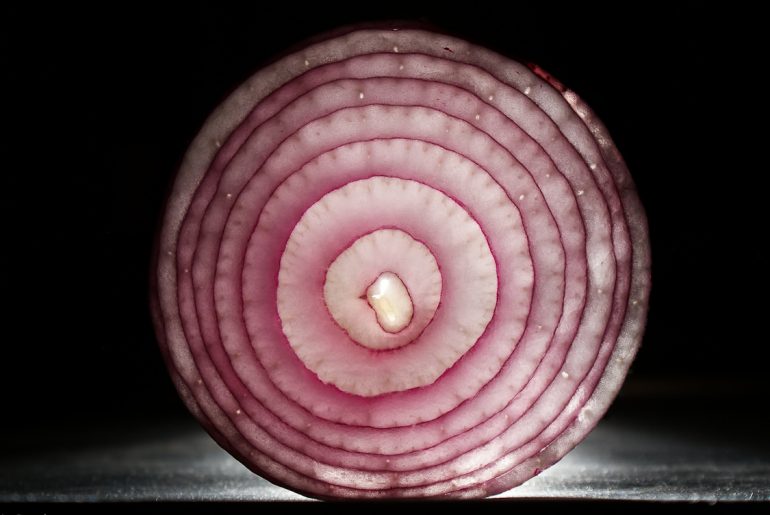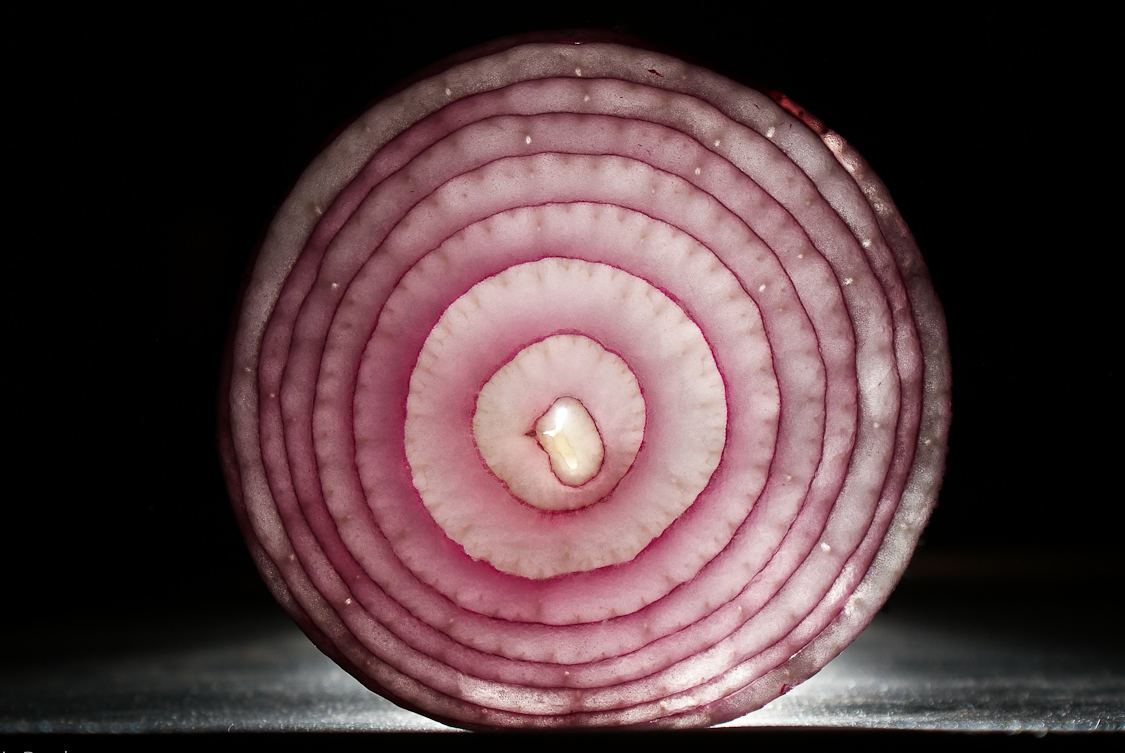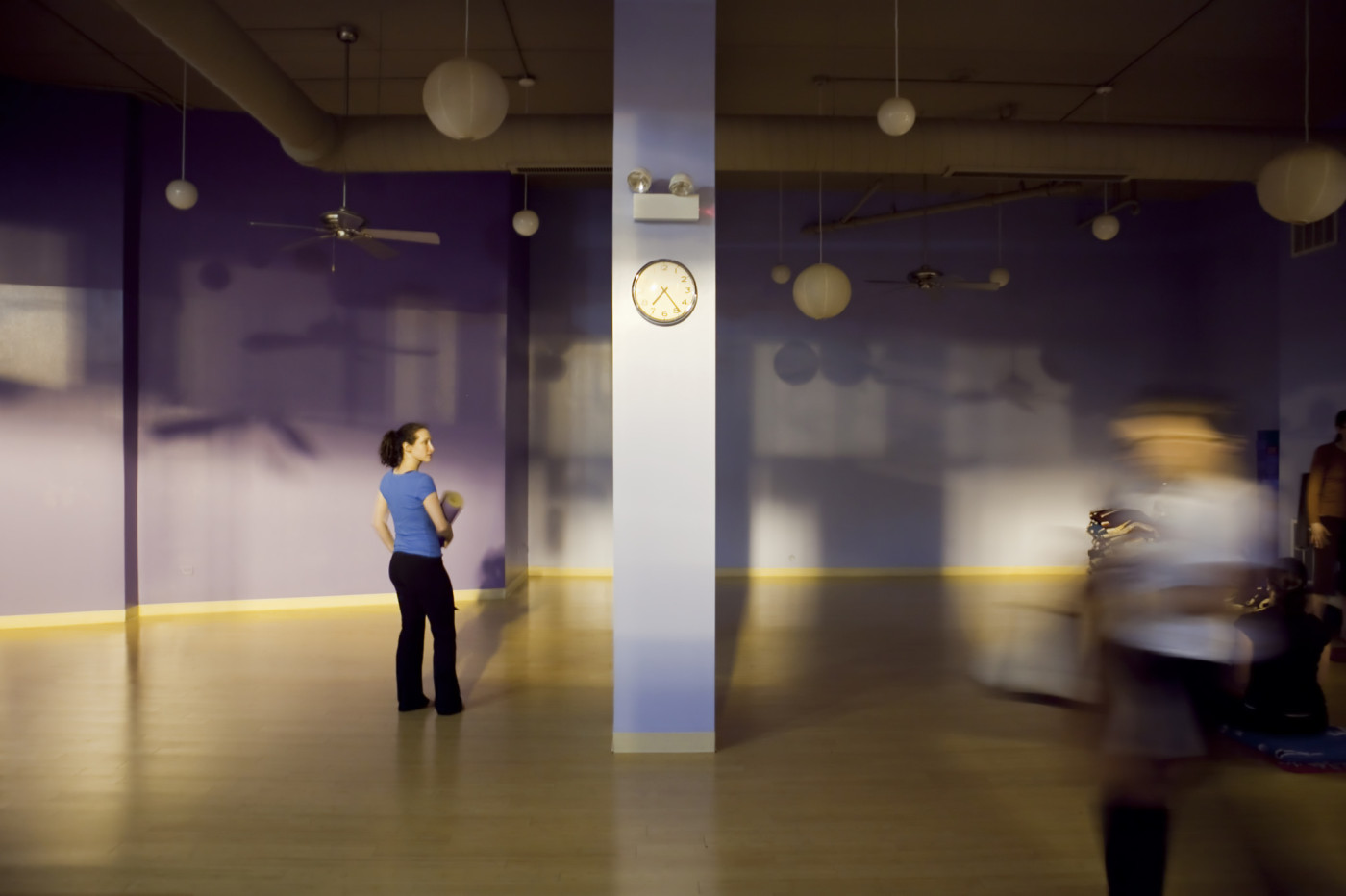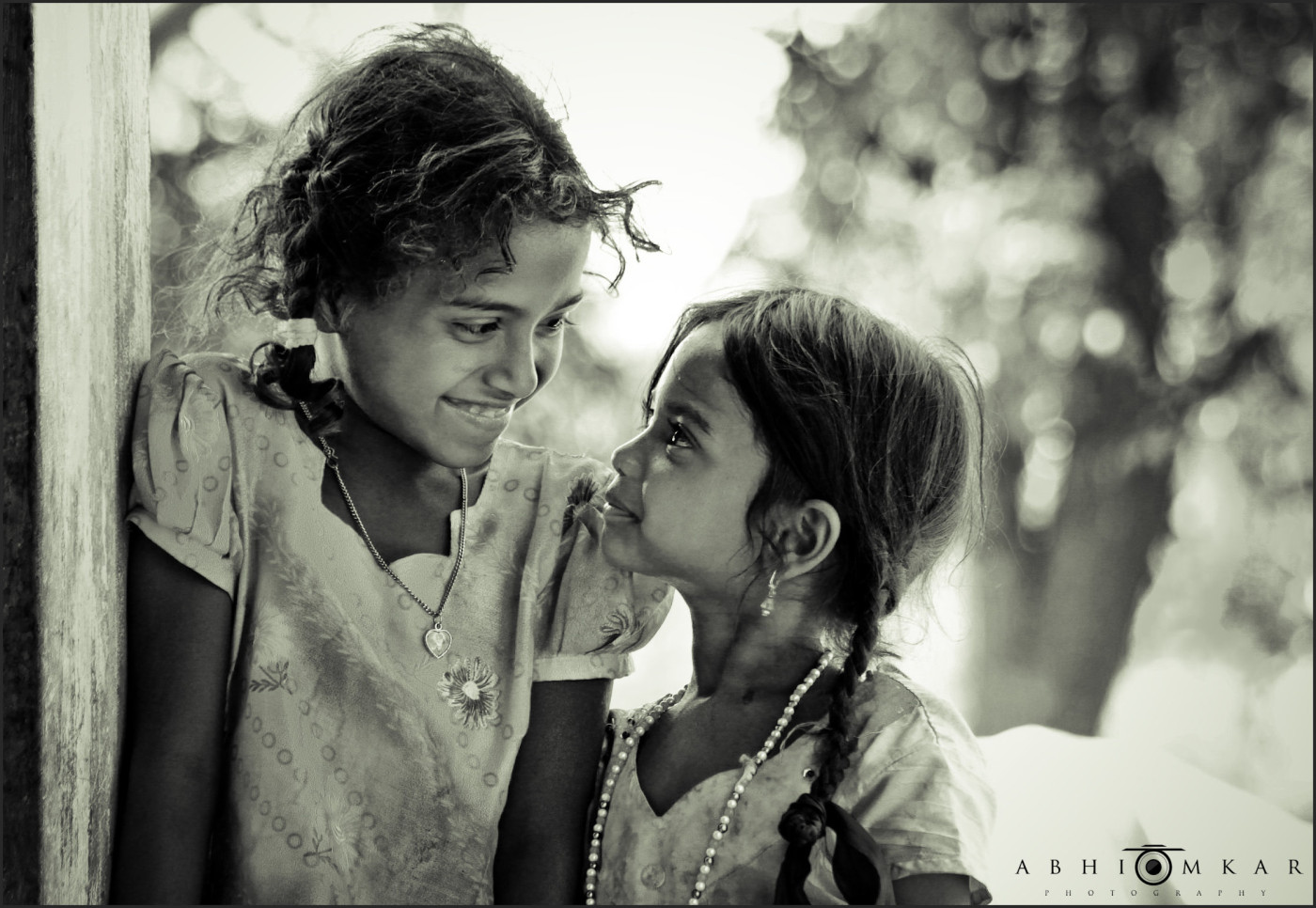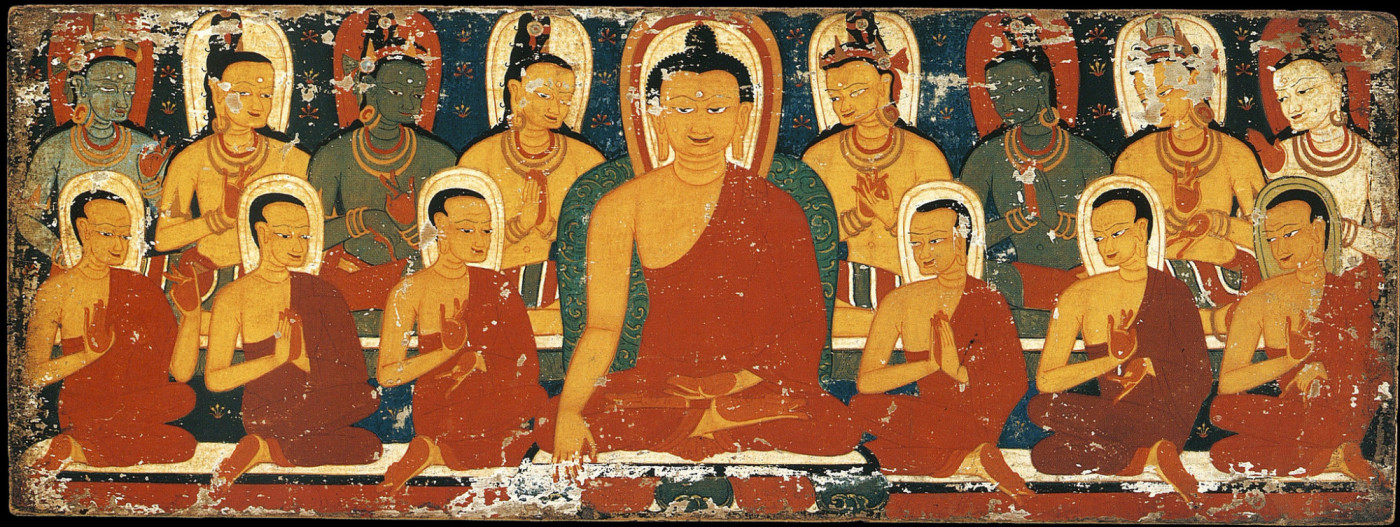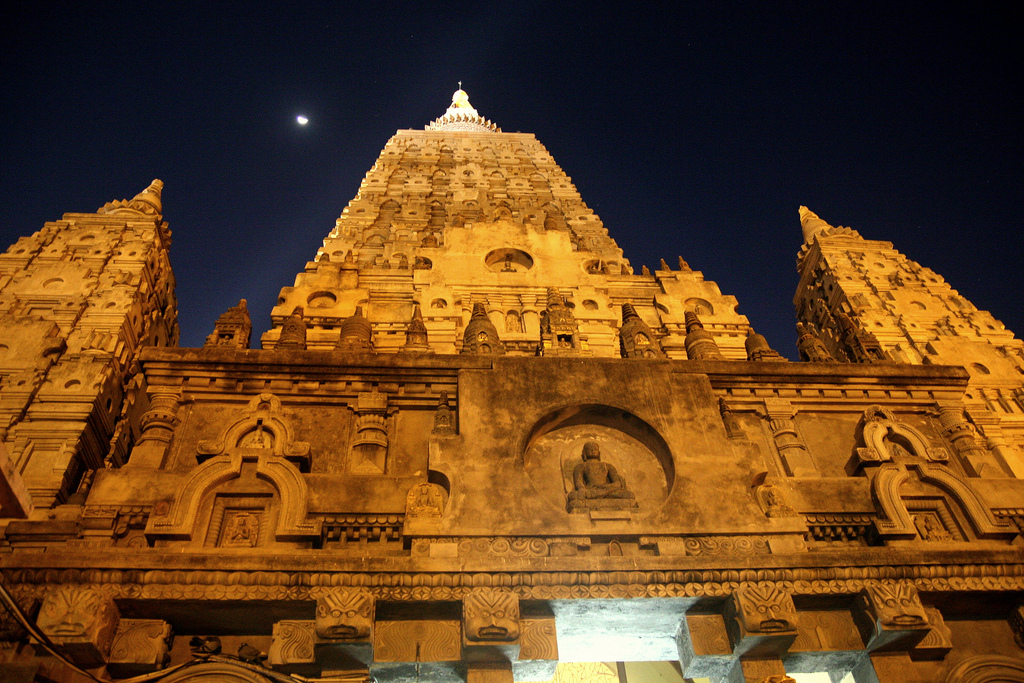Audio
There’s a yoga body, there’s a light body. On the way to your light body, it’s fine to want to look good. That’s a yoga body. We work on the asanas day after day, to wrestle ourselves into the yoga body: lean and strong. But if you know one simple trick, you can make the whole process happen much, much faster. Faster to your light body, and faster to what you were meant to become.
If you know one simple trick, you can make the whole process happen much, much faster
The trick is simply learning to take a full breath during each asana. And remember that, in Tibetan Yoga, a full breath means a full exhale, as well as a full inhale. Normally when we breath, we breath so shallow that half of the old, used air is left inside our lungs. This means a lot less oxygen for the body to feed itself with—a lot like eating the box along with your cereal every morning.
This problem is increased with the effects of aging.
The muscles and joints around the ribs that help you to suck in air become less and less flexible with age, particularly after 40. Unconsciously then we tend to simply do with less oxygen—we starve ourselves. Whenever you feel tired during your asana practice, or even just feeling unmotivated to begin your practice, it can simply mean that your body and brain are being oxygen- starved. You’re simply not breathing in, or out, enough air to get the oxygen you need.
The solution is called “reflex breathing.” You can experience reflex breathing right now, just reading this page. Breathe out, but don’t stop there. Keep breathing out, keep pushing the air out, until you feel a slight spasm in your lower abdomen—the body’s automatic reflex telling you that it wants to start inhaling now. At this point, much more old, useless air has been pushed out of the body.
You have just taken a really full breath, which might be the first full breath you’ve had for years
Begin then with an inhale, at your normal speed of inhale, and consciously force your ribs and chest open until you get that reflex or spasm in your upper chest that says it’s time to exhale now. You have just taken a really full breath, which might be the first full breath you’ve had for years.
Now carry this reflex breathing to every asana you do. Within days you’ll find that you feel ten years younger, and look it too. Yoga body, on its way to light body.
Download Transcript
The Connection Between Breath and Prana
Options for Further Study
To deepen your study on many of the topics introduced in this lecture, please refer to the following courses on The Knowledge Base:
Teachings about Yoga on The Knowledge Base
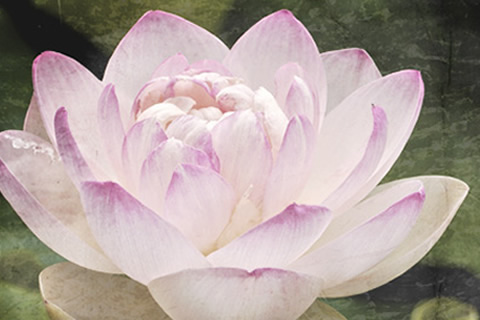
There is a strong relationship between our ability to love and our inner body of channels, chakras, and prana. Great yogis of ancient times mapped out this inner body, sometimes called the Rainbow Body, and found methods of using it not only for greater health, but for greater knowledge—and for a greater capacity to love.
Understanding the Buddhist idea of emptiness properly is absolutely crucial for yoga to work properly, and that’s what mainly distinguishes Tibetan yoga from all other methods of yoga is the special emphasis on working at the physical postures of yoga from the inside: recognizing that whether yoga “works” on us all depends upon karmic seeds that we plant in our own minds by taking care of other people.


